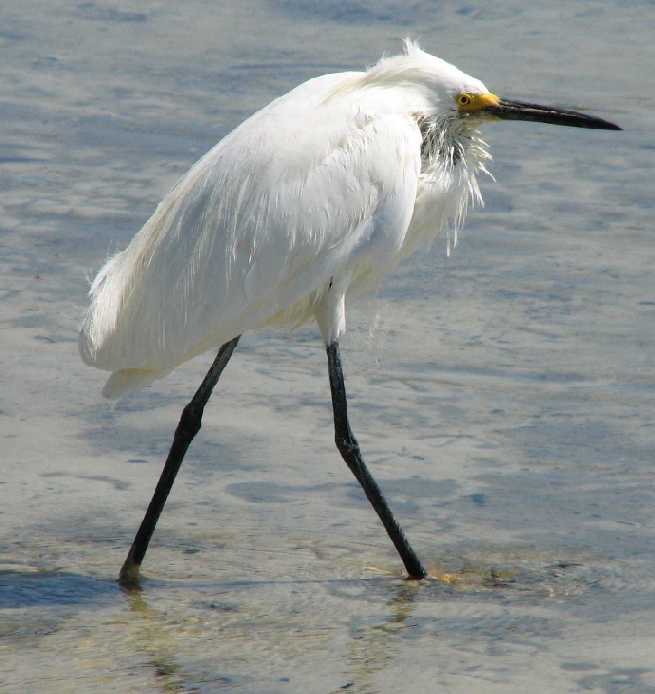Dijanne's
post on Xenobia sent me looking in a book of near-eastern art and while flipping through I saw this 9th century bowl from Mesopotamia -

and thought "if I had all day, I'd use this as a starting point..." -- and then thought "I don't have all day but I do have 30 minutes!"
So, off to the sewing room, pull fabrics, and get going cutting - first in separate "leaves" and then trying to get the entire palmette out of one shape. The way you paint on pottery and the way you cut out of fabric are Very Different Things!

This certainly won't look like a bowl when it's done -

That'll do for palmettes, let's get on with the central bit.

"Translating" the writing was tricky, but I was running out of time, so this will have to do. It can be rethought and reworked - or rather, changed by adding "something" - later.
And "something" is needed in the bottom corner - these are the fabrics that came to hand first. I left this to percolate in the subconsious during the work day.

Next steps - that corner; raw edge applique; some handstitch in the central section; the quilting of course; binding. That'll certainly take more than half an hour, but sometimes the hard part is actually getting started.
Gluestick is great for working fast like this.
 Does it remind you of Whistler's picture of a bridge across the Thames? That was Battersea Bridge, somewhat upstream of the Millennium Bridge.
Does it remind you of Whistler's picture of a bridge across the Thames? That was Battersea Bridge, somewhat upstream of the Millennium Bridge. This past xmas saw lots of blue lights in trees around town, looking intriguingly like beaded chiffon dresses -
This past xmas saw lots of blue lights in trees around town, looking intriguingly like beaded chiffon dresses - But xmas is long past, and now I'm going to be away from London for a while, though hopefully not far from a computer and lots of picture-taking opportunities. Might even have a chance to take a stitch or two -- the Mesopotamian Bowl is coming along for the ride.
But xmas is long past, and now I'm going to be away from London for a while, though hopefully not far from a computer and lots of picture-taking opportunities. Might even have a chance to take a stitch or two -- the Mesopotamian Bowl is coming along for the ride.


































 and more of this -
and more of this -




